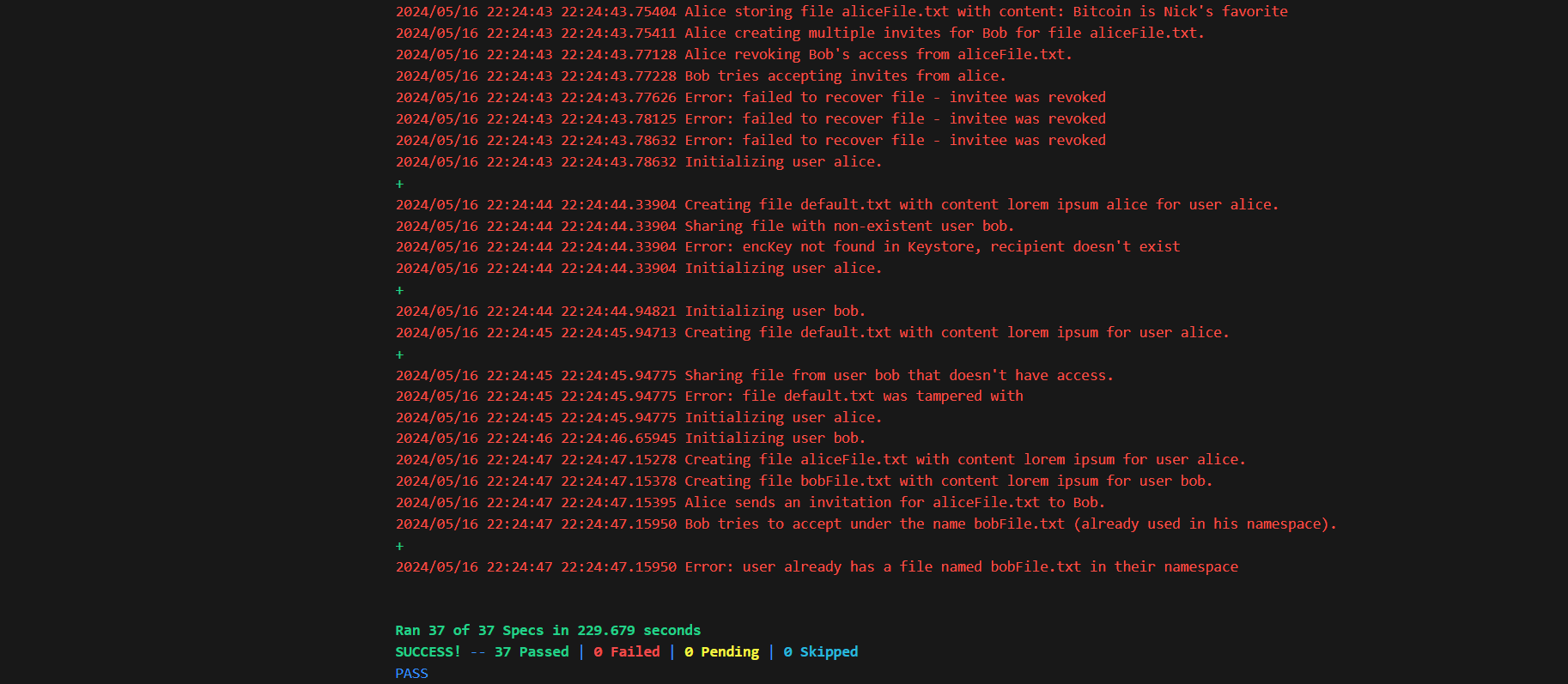Personal Projects

This is an Audio Analyzer program I wrote using Processing. Users can play a desired MP3 audio file and see graphical representations of certain information. This includes the Audio Waveform and its Polar Graph representation, the Discrete Fourier Transform of the audio, the audio's level, and also its beat.
For the project, I implemented the RDFT Algorithm, smoothed it, and also created the different graphical representations for the audio. Beat detection was implemented by comparing the current audio's level to previous ones in the stack.

The Audio Visualizer utilizes the FFT Algorithm to convert audio into frequency-domain information, which is then used to create different graphics to visualize the audio being played.
Using information from the FFT, I created 3D objects which generate, move, and change colors according to the audio's frequencies. Additionally, I created a fluctuating polar graph where each point is mapped to a frequency value. Finally, an audio-responsive 3D terrain is implemented with Perlin Noise. A demo is available here .

This is a repo of my LaTeX setup. It includes .sty files for my homework, course note, presentation, and paper templates. The templates feature a wide range of custom environments made using tcolorbox and thmtools, along with environments which takes in optional parameters implemented with xparse.
Alongside my templates, the repo also contains macros I wrote for my courses which makes TeXing faster and more efficient.

Pytris is a Tetris clone implemented in Python using the pygame library. The user is able to move and rotate the tetrominoes following the standard Tetris Super Rotation System. Users are also able to hold blocks. A block silhouette feature is implemented as well, along with a preview of the next couple of blocks.
Coursework
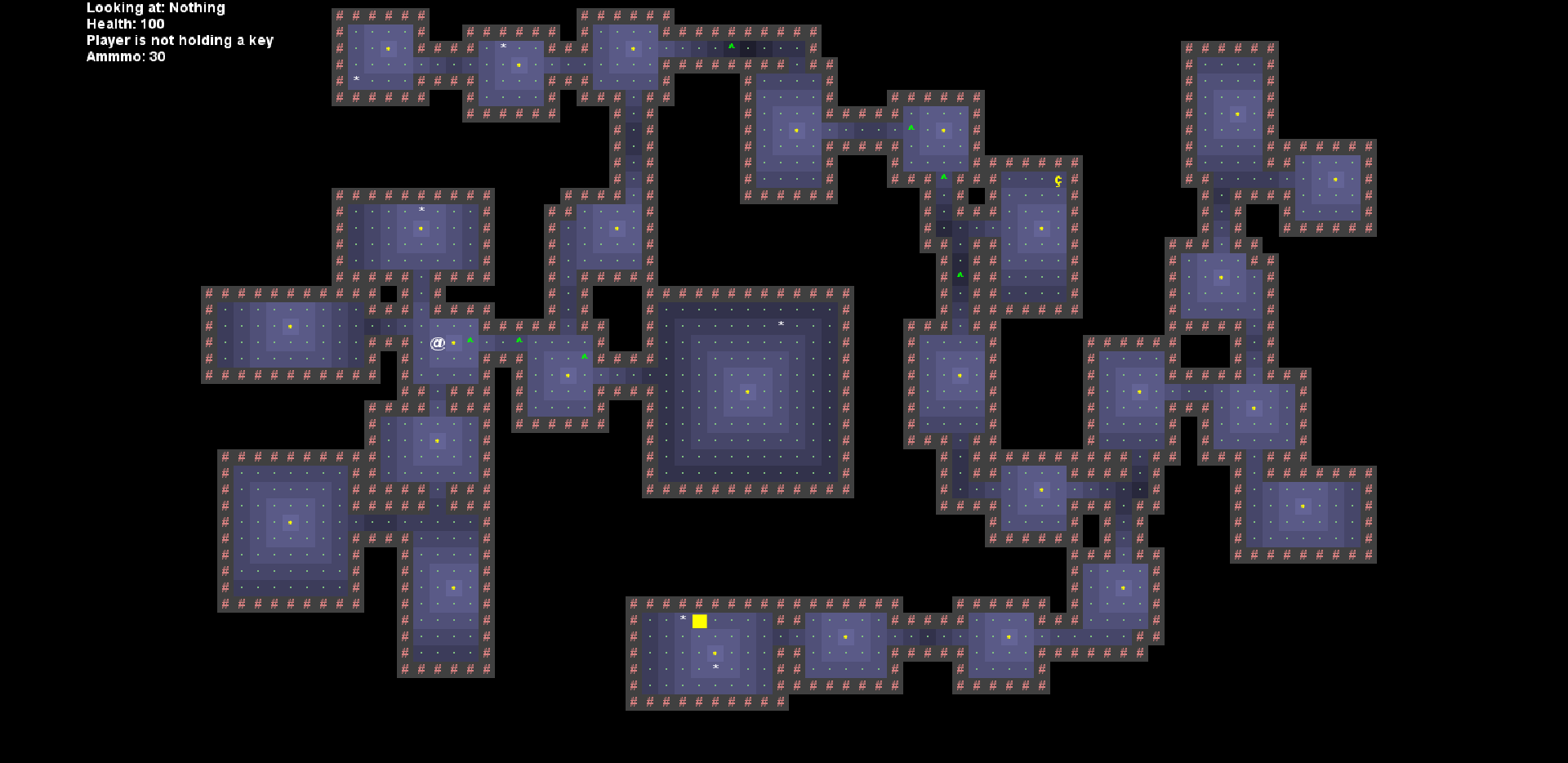
Build Your Own World (BYOW) is a 2D game where the user tries to collect a key and escape from the maze.
The game features a pseudo-random world generation system made using Prim's Algorithm. It also has a playable, customizable character, a lighting system made with BFS, limited vision that prevents the user from seeing past walls, and enemies with pathfinding AI implemented using A*-search. Furthermore, there is a save feature, allowing players to save and reload their progress.

The goal of this project was to use numerical methods to solve a double pendulum system in MATLAB.
For the project, I set up the system of equation needed and used Newton's Method in order to find an expression for the root of the function. Then, after implementing Backwards Euler and RK4 methods, I solved the system using both and compared the results.
Finally, I explored the results further, such as approximating the number of iterations needed to solve the equation, and analyzing the stability of Backwards Euler.
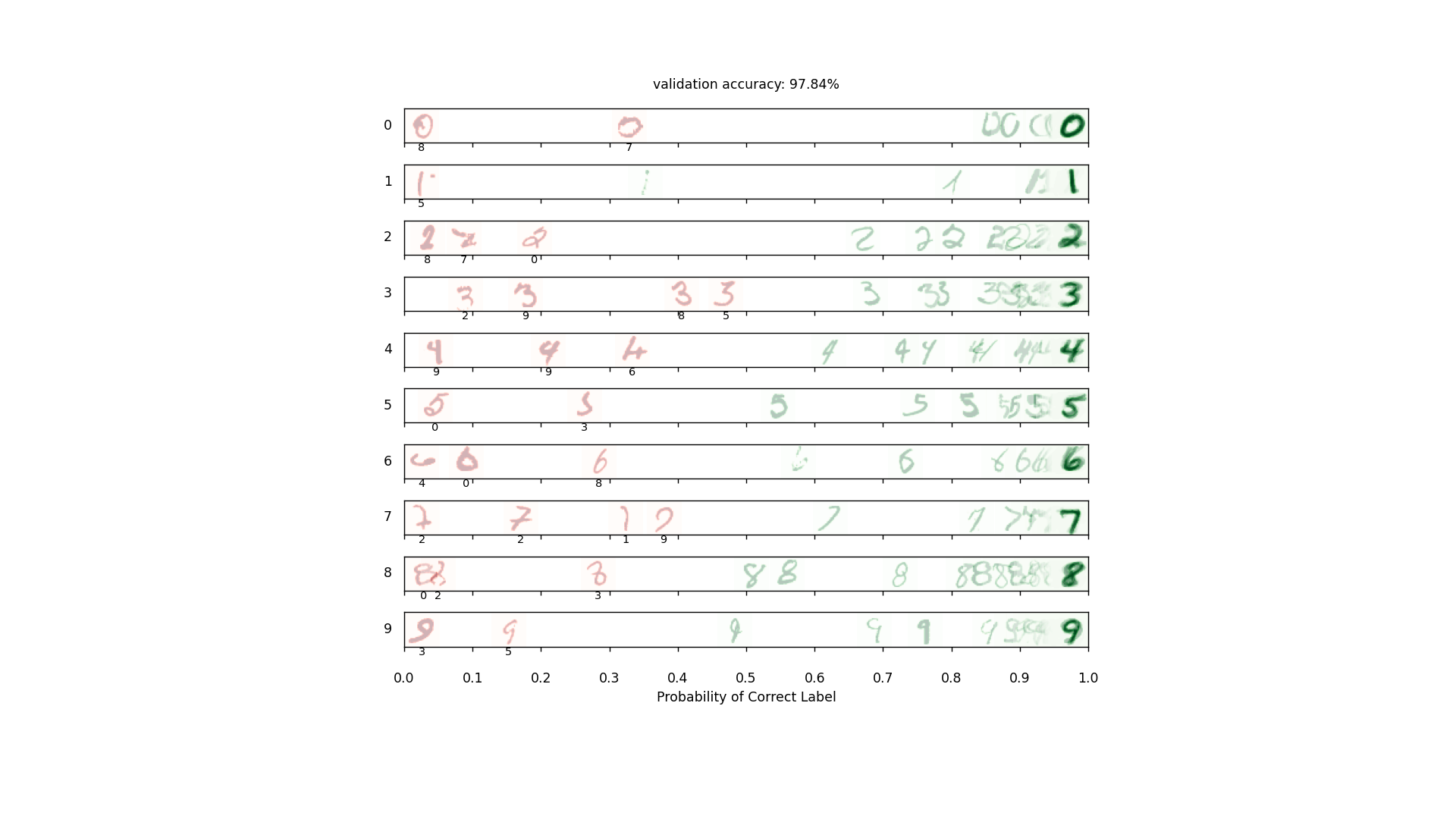
Over the course of this project, I learned to use PyTorch on a variety of machine learning problems, ranging from approximating a sinusoidal curve to digit recognition and language detection.
For recognizing digits, I initially implemented a two-layer Linear Neural Network with a ReLU activation function and Cross-Entropy loss. Later on, I implemented a Convolutional Layer as well to take into account things such as spatial features of the image, and then flattened it down. Ultimately, my model achieved an accuracy of over 98%.
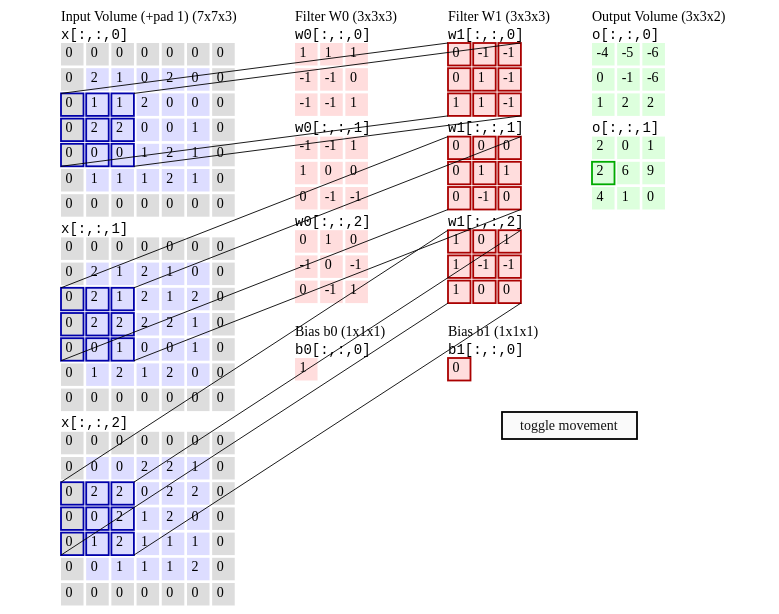
This project is focused on optimizations to better the runtime of a naive implementation of the 2D Convolution Algorithm.
In order to optimize the base algorithm, I applied different techniques such as working with pointers directly via pointer arithmetics, reorganizing the order in which the steps were executed to optimize cache usage, and using registers for commonly-used variables.
The project also used OpenMP to introduce parallel programming, significantly reducing the runtime even more. Also, by using SIMD instructions to vectorize operations, along with loop unrolling, the runtime was further reduced. Overall, the optimizations led to a speedup of around x50.
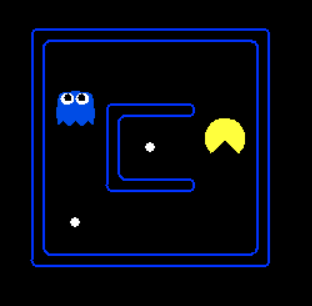
In this project, I trained Pac-Man using Reinforcement Learning so that he can win. In order to do this, I implemented value iteration, Q-Learning, Approximate Q-Learning, and Deep Q-Learning with PyTorch. I also coded up the Epsilon-Greedy action selection for Pac-Man's policy.
For Deep Q-Learning, I implemented it using a five-layer Linear Neural Network which uses the ReLU activation function and Mean Square Error loss. Through this, I achieved over an approximately 90% winrate with my Pac-Man agent.
Through this project, I gained a deeper understanding of PyTorch, along with how to finetune hyperparameters such as the learning rate, batch and hidden layer sizes, and the number of training episodes.
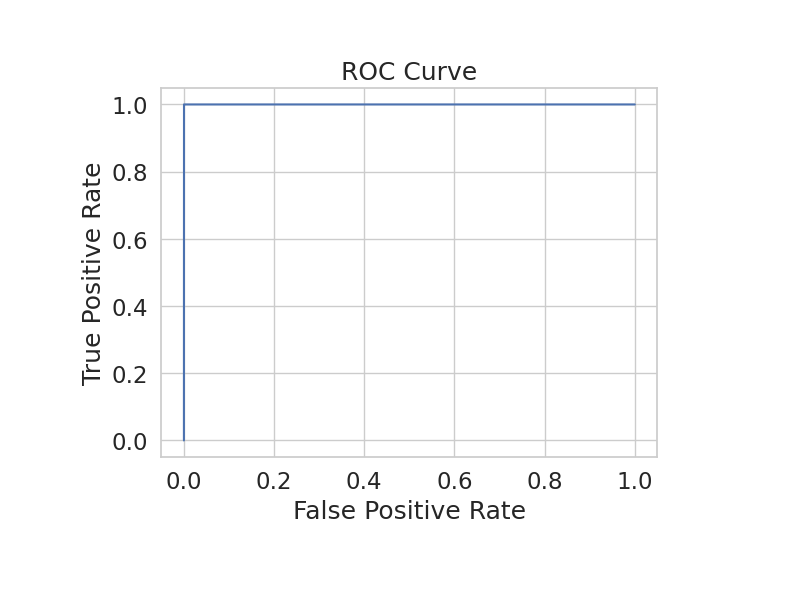
The goal of this project was to implement a filter that detected whether or not an email was classified as spam or ham using a Logistic Regression model.
For the project, I had to clean up the dataset and filter out all of the noisy data, analyze the relationship between possible features and their class in order to determine the features to be used, and also extract key information from emails.
Finally, in order to finetune the hyperparameters of my model, I used GridSearchCV. Ultimately, I created a model that yielded an accuracy of around 99.2% on the testing data provided.
